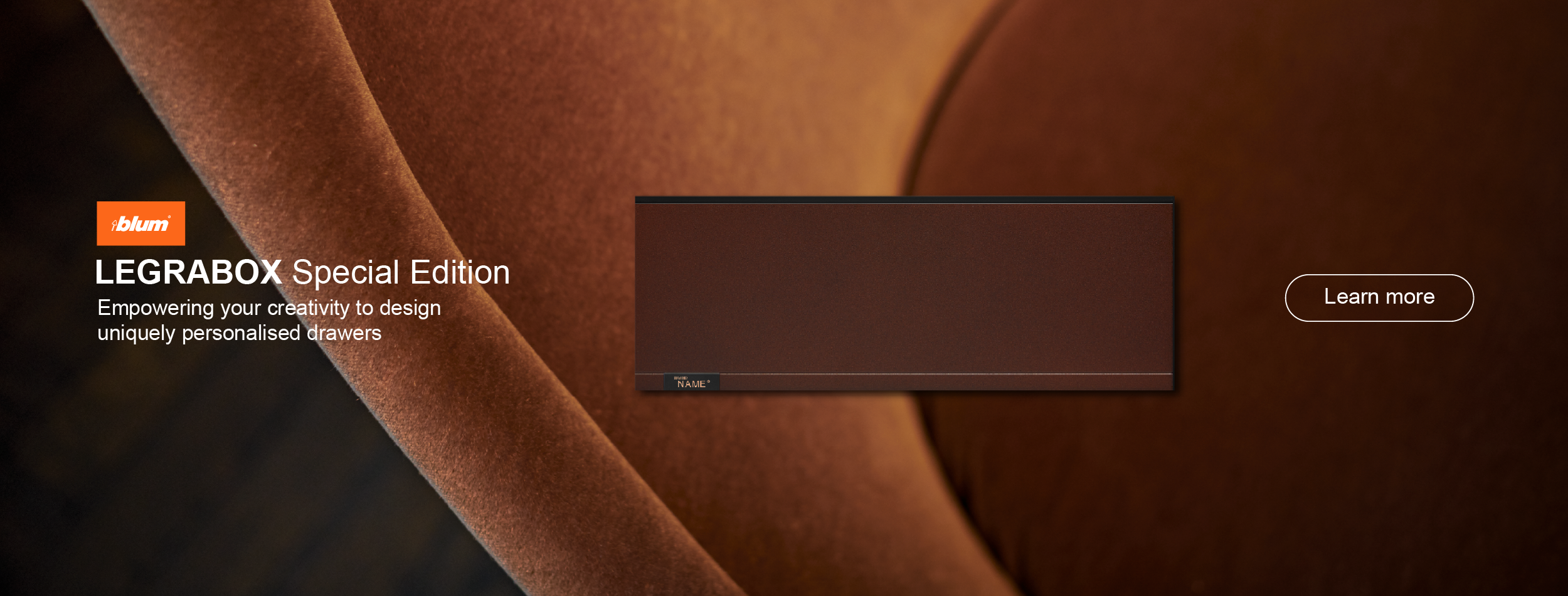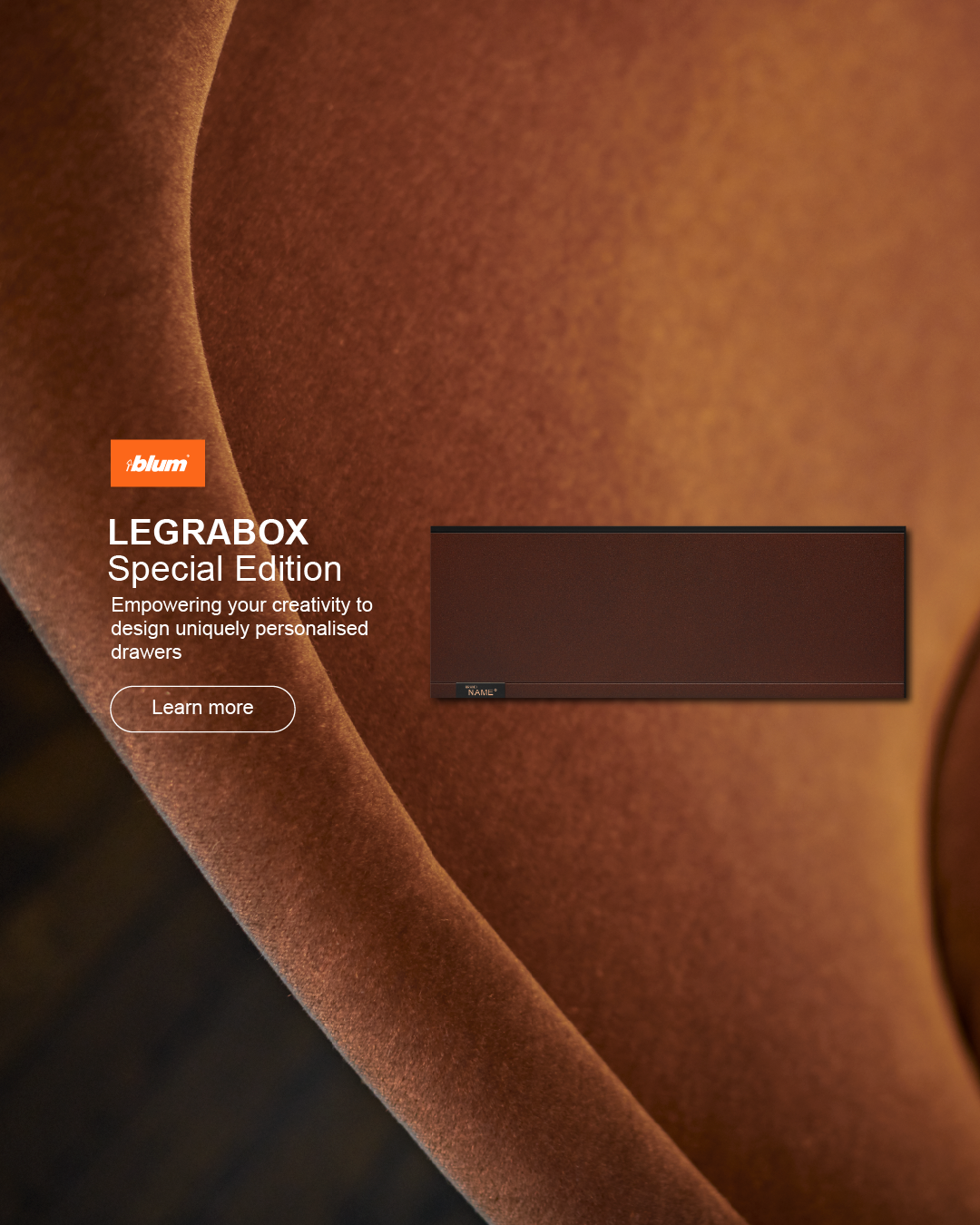
Quintessential Beachside Escape – Omata Beach House by Herbst Architects
Sublimely secluded, accessible only via a dirt road over private land, this Northland site called for a gentle touch to assimilate the building with the natural beauty of the landscape. In response, Herbst Architects has created a house that sits quietly above the dunes, respectfully crafted from stone and timber and designed to facilitate full enjoyment of its special site.
Herbst Architects knew the unique remote Northland spot well, having previously worked on the renovation of a holiday home tucked in the bush on the hill behind this one. The site where the house would stand also had an existing building – an old beach house that was in dire need of repair – and the architects were required to work through a rigorous consent process in order to replace it. With this approved, the design began with the practicality of providing protection from 100-year weather events, explains Lance Herbst. “We had a site with a very steep embankment, which was peppered with these large rocks and beautiful ancient pōhutukawa trees. So, we’ve taken the language of that embankment and then set up a plinth wall on a number of levels,” he says. “It is a kind of natural ordering of those rocks, essentially, to start making this stone plinth element, which lifted us to 6.2 metres above sea level.”
The timber-slatted shell of the living space accentuates the ease of outdoor living and the flow between home and shore.
Despite this height, the building sits quietly in the landscape due to the surrounding dunes, which were re-contoured to skirt the house in a way that appears organic. Along with the exterior material choices – silvered cedar and greywacke rock walls – this makes the form appear lower to the ground and helps it to melt into both the beachscape and the surrounding bushscape. With such a beautiful site, aligning the layout with the bay was a given, explains Lance. “We have lined everything up with the bedroom wings facing east for the morning sun and with a view of the ocean,” he says. “And there’s the ancient pōhutukawa out there, too, which is just absolutely beautiful. As the building kind of buries itself into the hillside on the left, it has this intimate relationship with the end of the bay and that big pōhutukawa, whereas while the living pavilion peels out into the open space to get more of the afternoon sun, it opens up to views of the rest of the bay.”
Both bush and sea views are given a full aspect from the living space, which is contained in a glazed box within a timber-slatted shell. Dubbed the ‘lanai’, this space accentuates the building’s intention as a beach house, designed for outdoor living and easy flow between home and shore. A series of integrated screens and sliding doors can be pulled across to gain shelter from winds and sun, as well as for privacy, if it is ever required in such a remote spot. To extend its use, an outdoor kitchen provides year-round al fresco dining beside a chunky, concrete fireplace that lines the end wall.
“What we tend to do with beach house designs is we focus on this space, for which we borrow the Hawaiian word ‘lanai’, essentially a space which is neither inside nor outside,” says Lance. “It has a slumped roof and sliding shutters to protect it from the wind in either direction. The floor is open decking. The walls don’t close completely so it’s still a breezy space even when closed in. That’s very important to us in terms of beach houses because this is where you live – outdoors.”
Separation between the living pavilion and the more private bedroom wing is heightened with a change in materials. Whilst the living pavilion is timber lined and lightweight in appearance, the bedroom wing is framed in stone, giving an air of permanence and solidity. Inside, this continues with crazy paved stone floors, in contrast with the timber boards and decking in the living space and lanai. Walls and ceilings are lined in spotted gum, with richly textured Western red cedar ceilings lining the slumped roof of the living pavilion. The use of spotted gum through both living pavilion and bedroom wing creates a sense of aesthetic consistency that allows the view to take precedence.
All four bathrooms open onto courtyard spaces, which provide an external connection whilst still remaining private. The bedrooms are fitted with roof lights and custom mosquito screens, and each have timber ventilators to allow for cross ventilation. The master bedroom suite provides a separate study accessed undercover across the bathroom courtyard.
To the rear, sheltered from the sea breeze and well located for the afternoon sun, a swimming pool is carved into a stone terrace, which digs into the rising hillside. An adjacent flat lawn here provides a sheltered place for children to play. The second arm of the stone plinth slips under the living pavilion forming a large flat lawned terrace. Beyond this, a garage and services block provide space for the storage of all the necessary beach toys. Alongside the rock wall of the garage wing, a series of landscaped steps leads up towards the renovated house on the hill, and part way up this winding path, a hot tub is set within the lush Northland bush with a view of the bay below.
Nestled into the site, Omata Beach House provides an experience of being on the land that is luxurious in its simplicity. Responding to the qualities of the place with sympathy and restraint, it is a quintessential beachside escape.






































